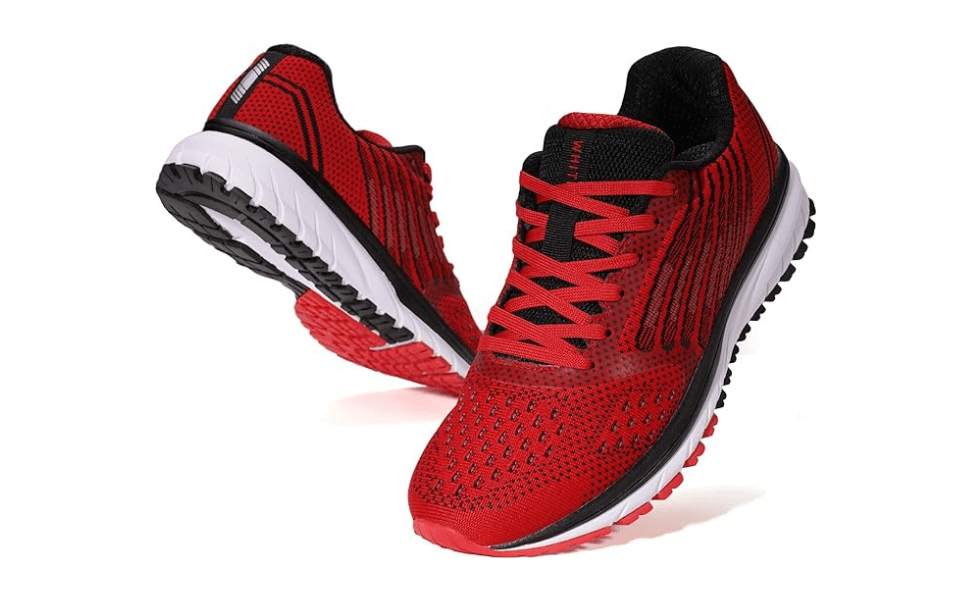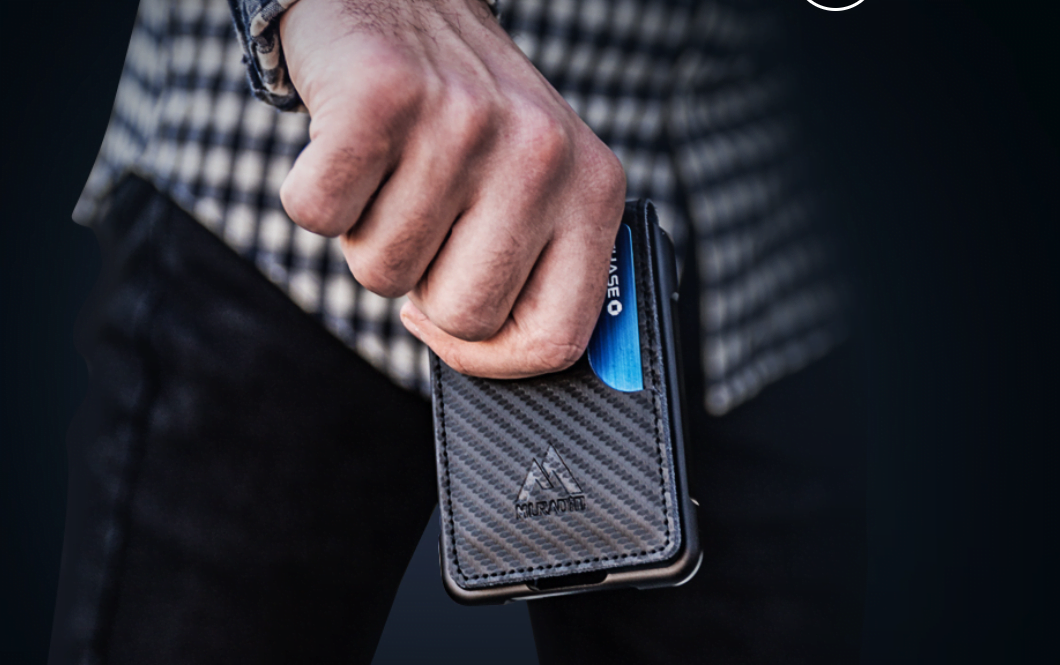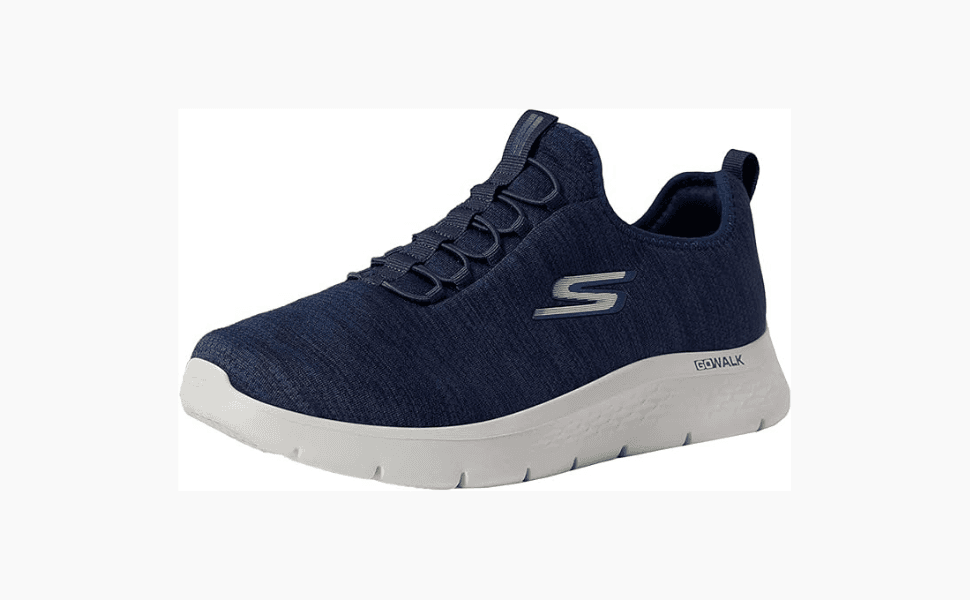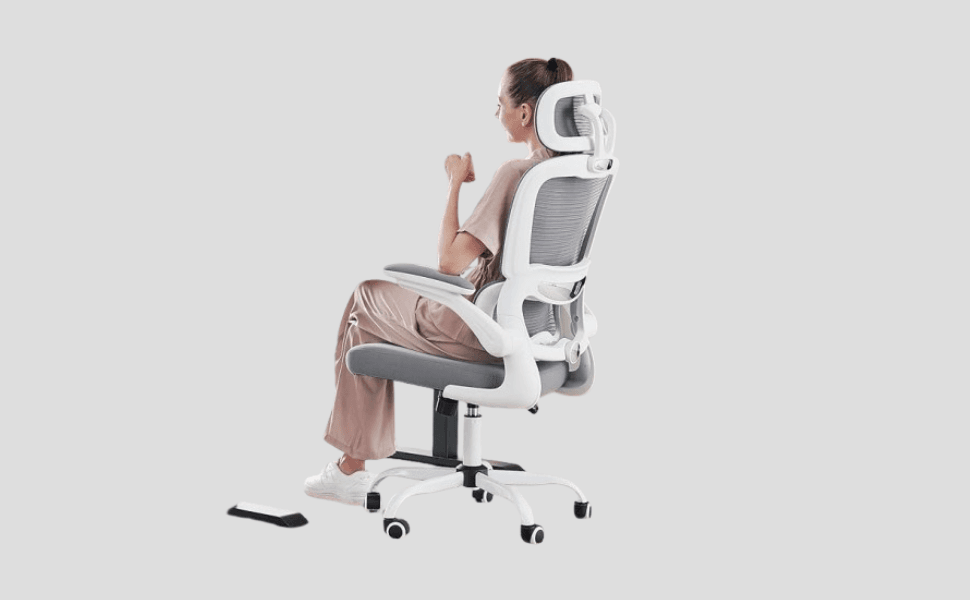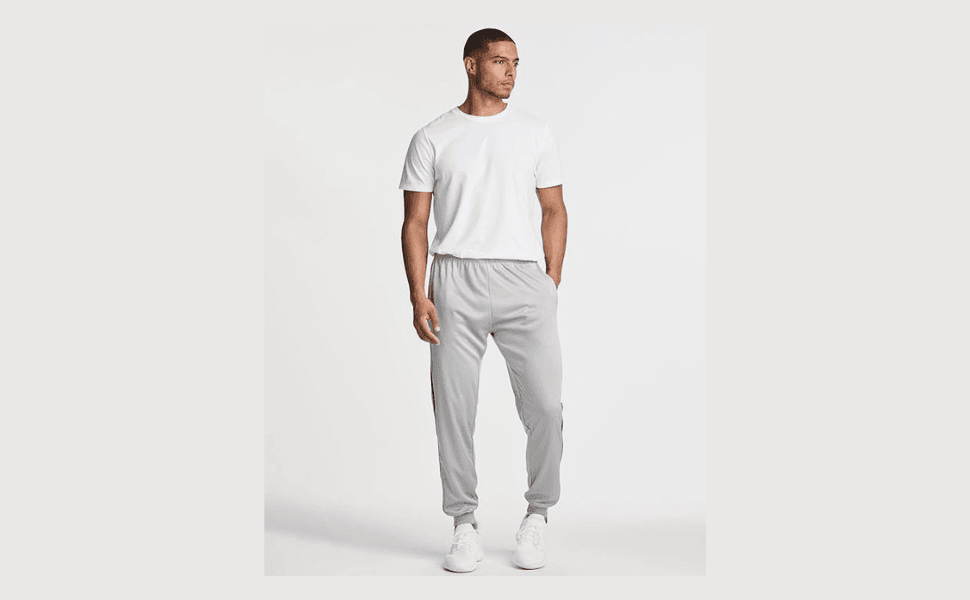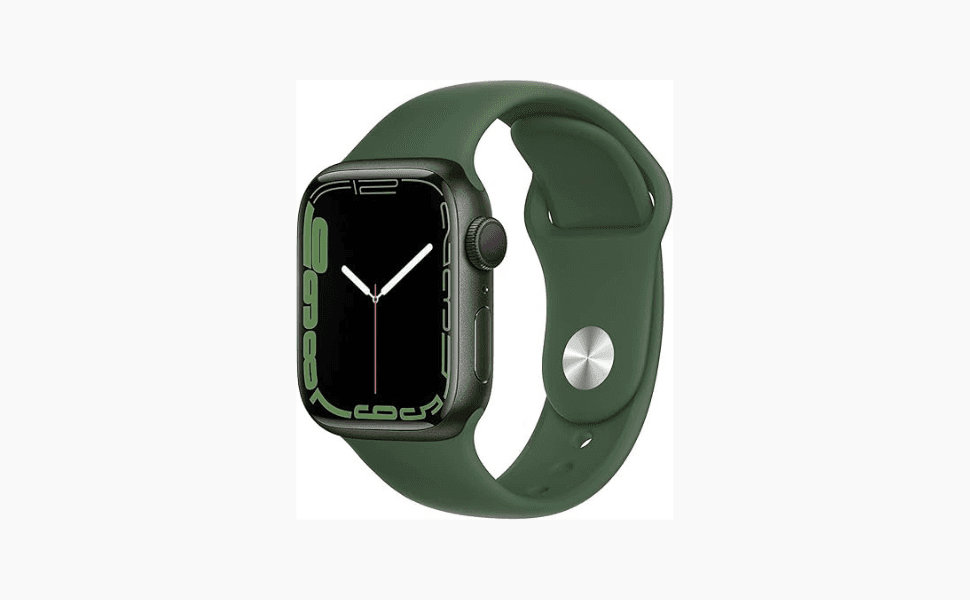This post contains affiliate links. If you make a purchase through these links, Snapnod may earn a commission at no extra cost to you. As an Amazon Associate, we earn from qualifying purchases.
Table of Contents
The running shoe market has undergone a remarkable transformation in recent years. As manufacturing techniques and materials science have advanced, the gap between premium and budget footwear has narrowed significantly. The Joomra Whitin Men's Supportive Running Shoes represent this evolution, challenging traditional assumptions about athletic footwear pricing and performance. Let's explore how these shoes deliver their promised benefits and where they fit in the modern runner's arsenal.

Understanding Modern Running Shoe Construction
The foundation of any running shoe lies in its layered construction. The Joomra Whitin implements several contemporary design principles that directly influence performance and comfort:
The engineered knit upper represents a significant advancement in shoe design. This technology creates a single-piece fabric that varies in density and stretch across different areas of the foot. The result provides targeted support where needed while maintaining breathability and flexibility in other zones. This construction method eliminates many traditional seams that could cause irritation during long runs.
The Science of Impact Protection
Modern athletic footwear must balance cushioning with ground feel, and the Joomra's approach reveals careful consideration of this balance. The high-density foam midsole serves multiple purposes in the shoe's performance:
The foam density provides sufficient cushioning for daily training while maintaining enough firmness for stability. This balance proves particularly important for runners who transition between different types of workouts. The level platform design, featuring a reduced heel-to-toe drop, promotes a more natural running position that many users have found beneficial for their form.

Biomechanical Considerations
The shoe's design demonstrates attention to natural foot mechanics. Several users with significant mileage have reported improved running experience due to specific design elements:
The lower heel-to-toe drop encourages midfoot striking, which many runners find reduces impact stress. The flexible woven fabric upper allows natural toe spread during the push-off phase of running. The padded collar design prevents heel slippage while maintaining ankle mobility.
Durability Analysis Through User Experience
Long-term users have provided valuable insights into the shoe's durability. One particularly detailed review from a user logging 181 miles over two months helps us understand wear patterns:
The mesh upper maintains its shape through initial use but may begin to show wear around the toe box after significant mileage. The outsole rubber compound provides adequate grip on dry surfaces, though some users note reduced traction in wet conditions. The special lace reinforcement patch effectively prevents a common failure point in budget footwear.
Value Proposition in Modern Athletics
At $43.99, these shoes position themselves in an interesting market segment. Multiple users transitioning from premium brands (including Nike, Under Armour, and ASICS) provide valuable comparative insights:
The construction quality matches many higher-priced options in initial comfort and fit. The lightweight design (frequently compared to “wearing two pairs of socks”) enhances the running experience. The cushioning system performs comparably to more expensive alternatives for many users.

Practical Application Scenarios
User experiences reveal several optimal use cases for these shoes:
Daily Training: The cushioning and support prove adequate for regular running sessions. Gym Workouts: The level platform provides stability for weight training. Short to Medium Distance Running: Users report comfortable experiences up to several miles. General Athletic Activities: The versatile design accommodates various movement patterns.
Understanding the Limitations
Comprehensive analysis requires acknowledging certain limitations:
High-Mileage Running: Extended use may show faster wear than premium alternatives. Wet Conditions: Traction may be compromised on slick surfaces. Specialized Activities: May not provide sufficient support for specific athletic needs.
Maintenance and Care Guidelines
To maximize the shoe's lifespan, several practices prove beneficial:
Regular Inspection: Check for wear patterns in the outsole and upper. Proper Storage: Keep shoes in a cool, dry environment away from direct sunlight. Rotation: Alternate with another pair to allow proper recovery of cushioning materials.
Size and Fit Considerations
The sizing system demonstrates consistency with user expectations:
The toe box, while initially snug for some, adapts well to individual foot shapes. The lacing system allows for customized tension across different foot zones. The padded collar accommodates various ankle shapes while maintaining security.
Environmental Adaptability
The shoes demonstrate varying performance across different conditions:
Dry Weather: Excellent breathability and comfort. Indoor Facilities: Consistent traction and performance. Temperature Variation: Mesh construction adapts well to moderate climate changes.

Important Evolution in Athletics
The Joomra Whitin Running Shoes represent an important evolution in athletic footwear. They demonstrate that quality running shoes no longer require premium pricing to deliver satisfactory performance. While they may not replace specialized footwear for elite athletes or extreme conditions, they offer remarkable value for the majority of recreational runners and fitness enthusiasts.
Key Strengths:
- Engineered knit upper provides adaptive fit
- Balanced cushioning system
- Natural running position promotion
- Excellent value proposition
- Versatile application range
For most users seeking reliable athletic footwear without premium pricing, these shoes offer a compelling solution that challenges traditional market assumptions about price and performance relationships.
This analysis combines technical footwear principles, user experiences, and performance metrics to provide a comprehensive understanding of the product. Individual running styles and specific use cases may influence personal satisfaction.


